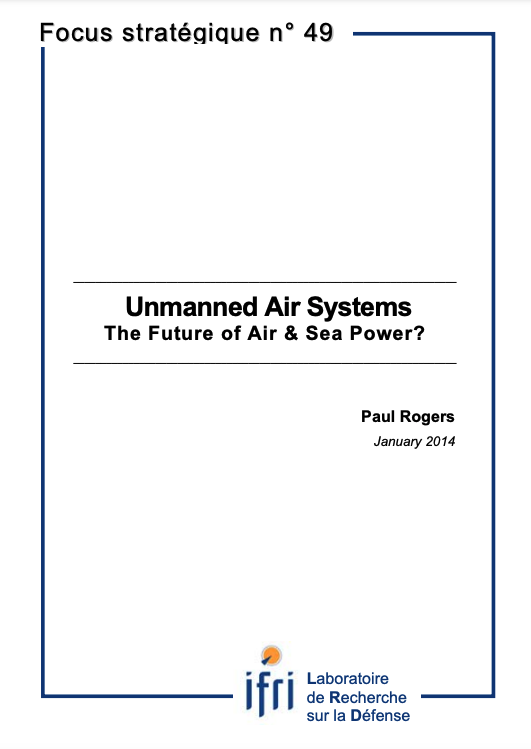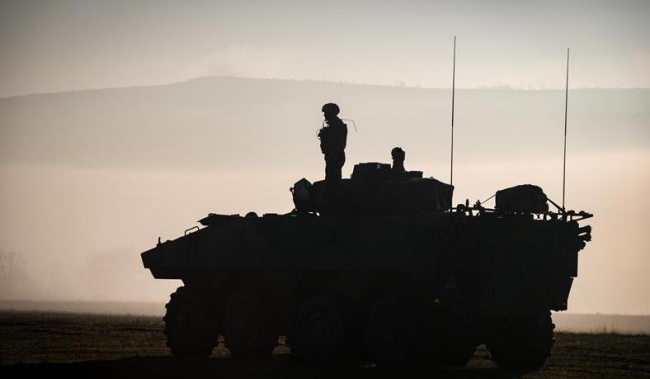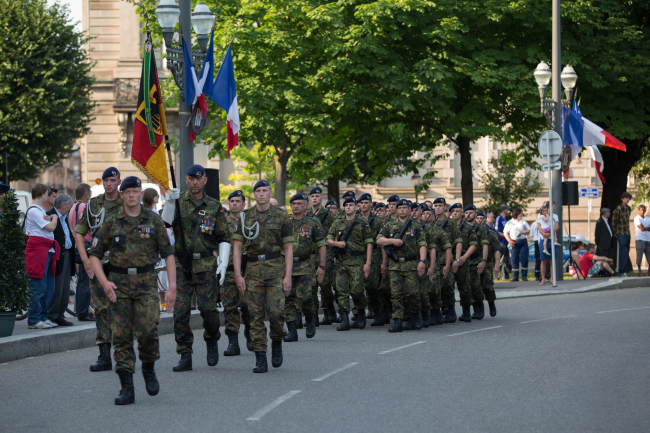Unmanned Air Systems: The Future of Air & Sea Power?

Since their early use for primitive ISR and combined operations, UAS have developed into increasingly multipurpose instruments performing a wide array of missions (from limited strike operations, search and monitoring to time-sensitive targeting) and offering new maneuver options to the armed forces.
These improvements in range, speed, endurance, situational awareness and payload, achieved through adaptive use of new information technologies, were catalyzed by the Afghanistan and Iraq testing grounds that proved critical in breaking institutional resistance. Yet for all their contribution to the shaping of a quick learning curve, these developments have occurred in permissive airspace. After tracing back the history of UAS development, this paper argues that the US can overcome the different challenges to UAS brought by contested and denied airspace, as traditional power threats constrain force projection through A2AD strategies. To increase their force multiplier potential, the US will likely improve UAS capabilities in stealth, evasiveness, maneuverability and automation, strengthening both air and sea power.
Download the full analysis
This page contains only a summary of our work. If you would like to have access to all the information from our research on the subject, you can download the full version in PDF format.
Unmanned Air Systems: The Future of Air & Sea Power?
Related centers and programs
Discover our other research centers and programsFind out more
Discover all our analysesThe Franco-German Brigade and the Revival of European Defense
One thing has been clear since Donald Trump's return to the White House: the very existence of the European unification project is threatened. Unless it develops a sovereign defense policy to counter the war in Ukraine and the weakening of American security guarantees, the European Union will continue to see its internal cohesion and external attractiveness wane.
Taking the Pulse: Can Europeans Build Their Independent Extended Nuclear Deterrent?
Confronted with a U.S. disengagement and the Russian threat, Europeans are reconsidering their stance on nuclear deterrence. Given the capabilities of the French and British arsenals, can Europe develop an independent nuclear deterrent?

RAMSES 2024. A World to Be Remade
For its 42nd edition, RAMSES 2024 identifies three major challenges for 2024.
A Transatlantic Defense Industrial Base? Two Contrasting Views
The evolving landscape of global defense cooperation has brought the transatlantic relationship between the United States (US) and Europe into sharp focus. As geopolitical tensions rise and the threat environment becomes more complex, the question of how Europe can best ensure its security while navigating its relationship with the United States has become paramount. This double feature report offers two contrasting views on the dynamics of US-Europe defense industrial relations, highlighting the challenges and opportunities that lie ahead for both parties.








